How to brew a high quality compost tea for your garden
Our main goal of brewing a compost tea is to create a nutrient rich solution with an increased concentration of living beneficial bacteria called microbes. Depending on your exact use, teas can also be brewed to be a source of beneficial fungus. For most use cases, house plants and any blooming or flowering varieties I like to make a mix that is heavy in bacteria but also contains a fair amount of mycorrhizal fungus which forms a symbiotic relationship with the plant to help with nutrient uptake, overall growth and root development.
Here's the items you will need to get started:
-Bucket or reservoir (size depending on your application)
-Mesh bag- 400 micrometers preferred
-Air Pump with air stone
-5-6 gallons of water- distilled or R/O water preferred
-1-2 lbs of worm castings
-1/2-1 lb. nutrient rich soil, or one that contains mycorrhizae
-Soluble kelp or additional microbe product- We will be using Soil Blast by Supreme growers.
-Unsulphered black strap molasses
-Humic Acid (optional)
To start, it is always best to use distilled or R/O filtered water. The reason for this is that tap water almost always contains chlorine or chloramines which are used as a disinfectant normally, but can greatly reduce the population of microbes that we are trying to create in our tea. If you know for a fact that your tap water does not contain chloramines, you can still use it by letting it sit for 24 hours with an air stone which will help the chlorine evaporate.
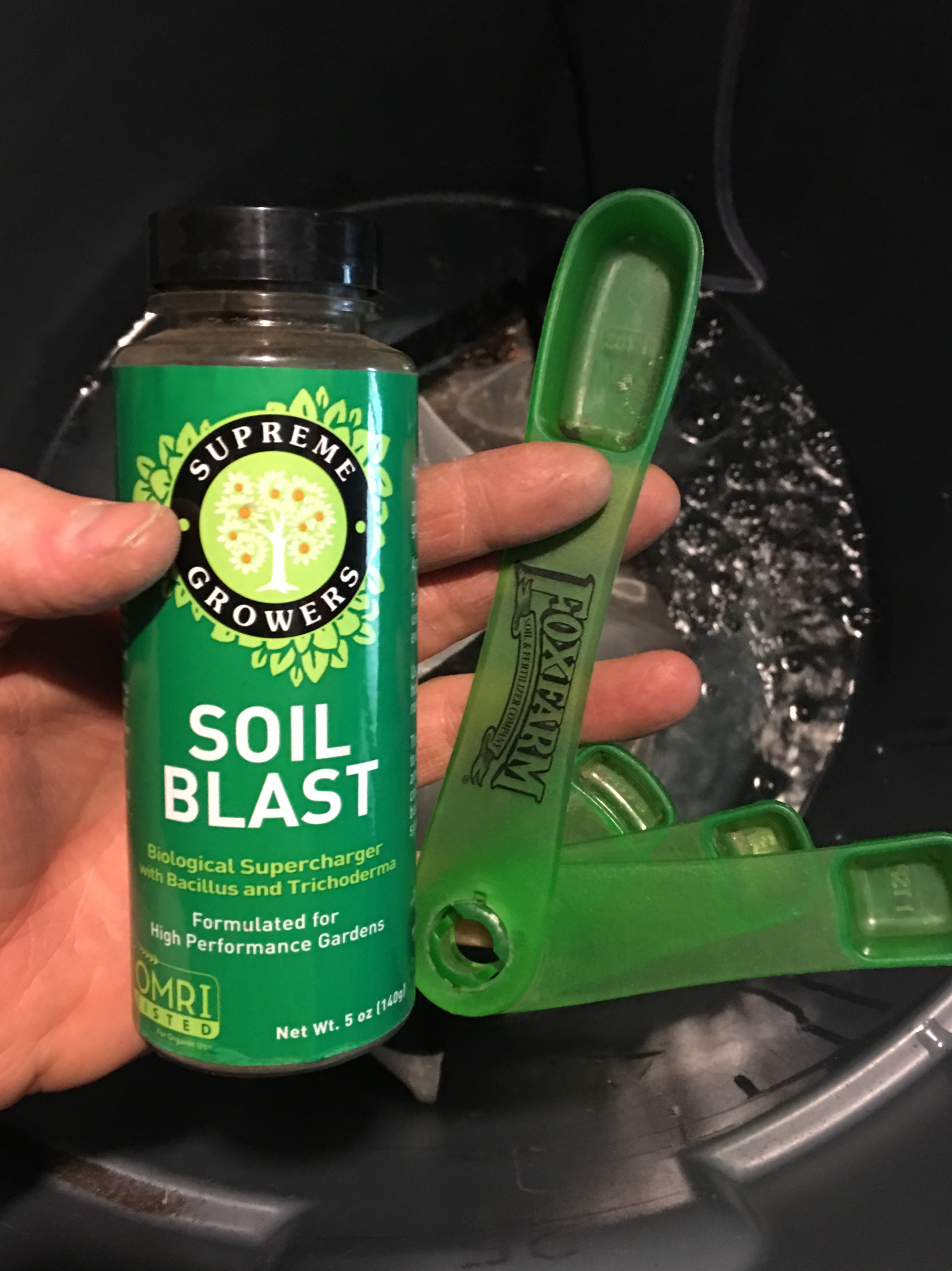
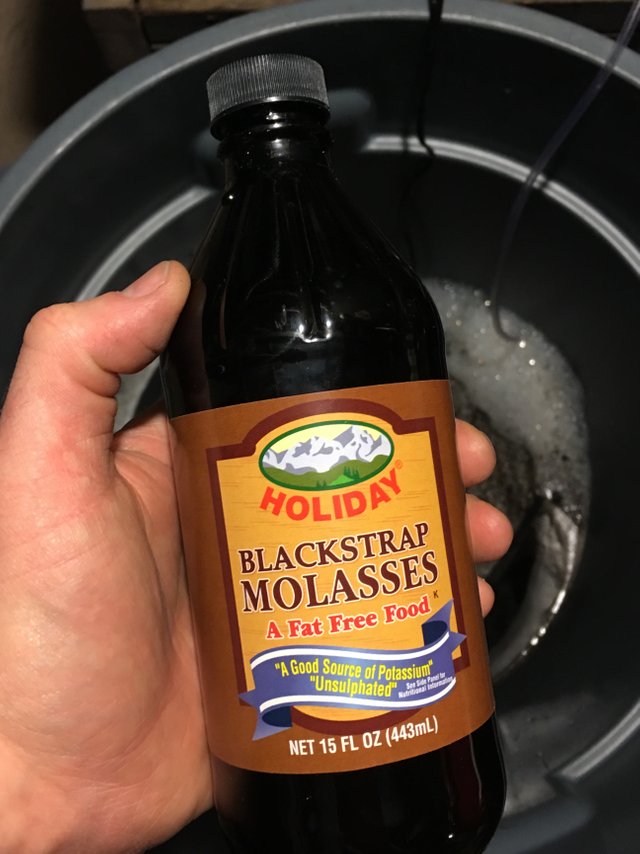
Next, stir in the kelp, molasses and humic acid. The kelp provides additional nutrients, amino acids and also is a food for the microbes to multiply. Soil Blast contains a fair amount of kelp, and additional specific bacteria to improve the quality of the tea. Molasses and humic acid are also great sources of food for the bacteria.
Third, fill the bag with the compost and soil mix. Place the air stone in the bottom of the bucket and aerate for at least 24 hours. The bacteria will reach their peak population around this time after consuming the available food provided. The aeration gives oxygen to the solution as well as agitates the compost to release the bacteria. You should see bubbles in the solution shortly after which means that it is being properly agitated.
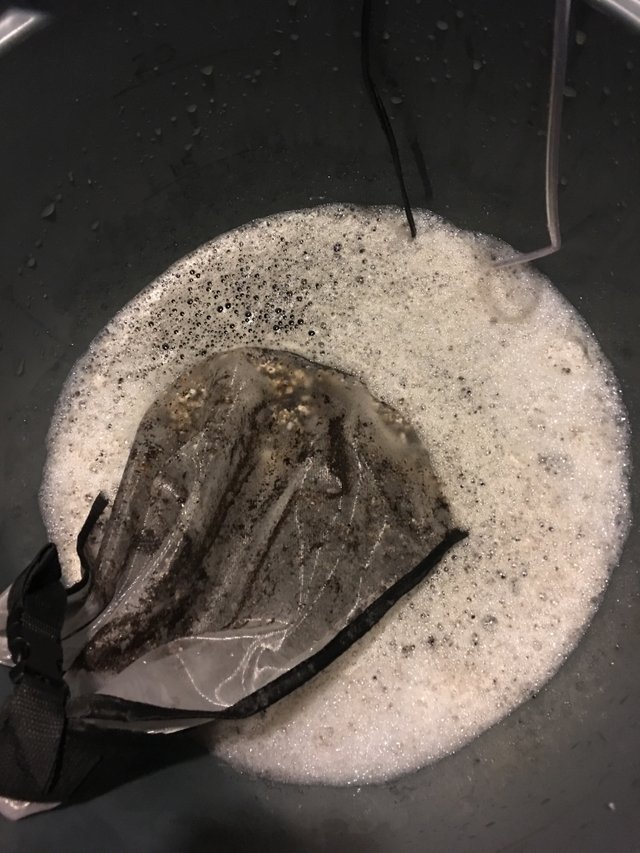
When straining the tea, squeeze the bag to use all of the available solution and push the microorganisms through the mesh screen. Reuse the left over castings by top dressing your garden or back into a compost bin. Remember to clean your equipment well for future use!
If you have access to a ph meter and adjusters, adjust the ph to a proper level at this time. Use the tea within 48 hours. After this time the bacteria begins to decrease. You can apply the tea directly into the soil or medium, add into your other nutrient solutions, or use as a foliar spray.
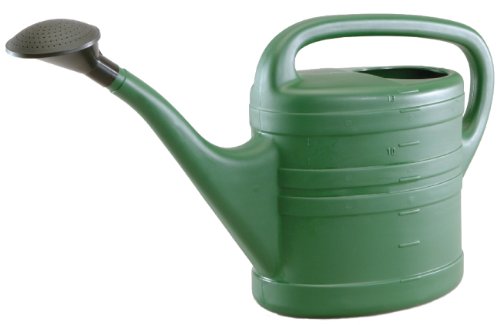
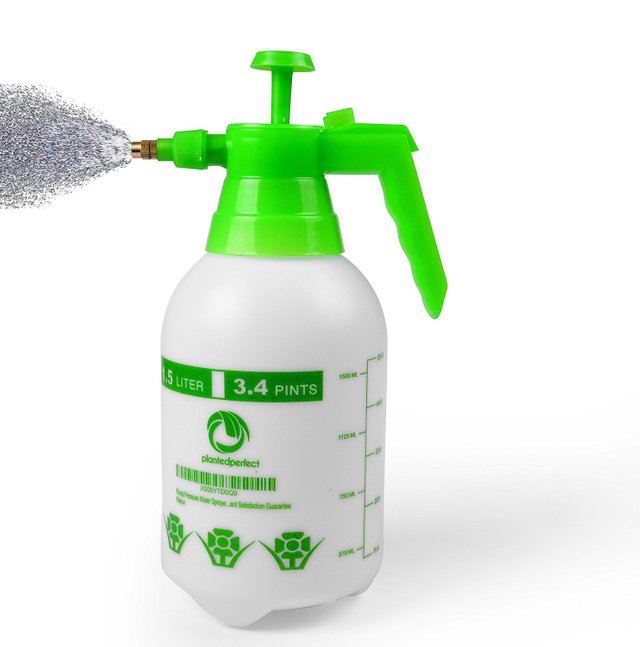
There are a lot of other additives and recipes out there to use, which ones have worked for you? Let me know in the comments! Good luck, happy growing!
Congratulations @guanyu! You have completed some achievement on Steemit and have been rewarded with new badge(s) :
Click on any badge to view your own Board of Honor on SteemitBoard.
For more information about SteemitBoard, click here
If you no longer want to receive notifications, reply to this comment with the word
STOPDo not miss the last announcement from @steemitboard!